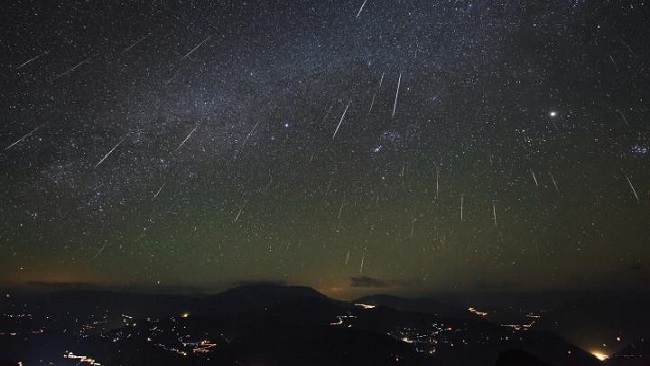Exoplanet or extrasolar planet is any planet that is not part of the Solar System, but that gravitates towards another star. Thousands of possible exoplanets have been found through terrestrial and space observatories.
 Exoplanet 51 Pegasi b.
Exoplanet 51 Pegasi b.
More than 4,000 exoplanets have been confirmed and have up to 3,800 candidates awaiting astronomers' observations and validations for other possible exoplanets discovered.
The 2019 Nobel Prize in Physics awarded the two Swiss physicists Michel Mayor and Didier Queloz, responsible for find the first exoplanets.
Astronomers estimate that there could be trillions of planets around other stars.
Types of exoplanets
Astronomers group exoplanet types as follows:
- Earth Size;
- Similar to Earth;
- Super-Jupiter;
- gas giant;
- Super-Earths;
- Mini-Neptune or Gaseous Dwarfs.
Earth-Size exoplanets are similar in size to our planet, while Earth-like planets have several features in common with our planet, including similar atmosphere and possible liquid water in the surface.
Super-Earths are planets like planet Earth, but with larger sizes, in addition to having more mass than Earth. They are less massive than any gas or ice giant that is in the same system. The first super-Earth was found in 1992.
In the realm of the Gaseous Giant and Super-Jupiter exoplanets are those much larger than Jupiter and the Mini-Neptune are often called gas dwarfs and are generally smaller than Uranus or Neptune. They can be up to 10 times the mass of Earth and have very thick atmospheres.
Examples of exoplanets already discovered
Gamma Cephei Ab: The first exoplanet detected, found in 1998 around the star Gamma Cephei. It was not confirmed until 2003, when better detection techniques were developed.
PSR 1267 + 12 B and C: These were found in 1992, orbiting the rapidly rotating remnants of a massive star that exploded as a supernova. Astronomers found a third planet in this system and are still trying to figure out when those planets formed and how they survived the supernova explosion. One of the planets is a super-earth.
51 Pegasi b: The first planet around a star like the sun. Astronomers discovered using the Haute-Provence Observatory, in France, a ground installation. This planet is also known as "Hot Jupiter" because it appears to be a Gas Giant type.
Kepler 186f: the first Earth-sized planet circling its star's habitable zone. Found by the Kepler Mission in 2014.
Kepler 11-f: orbits a Sun-like star and is at least 2.3 times the mass of Earth. It may be a gaseous dwarf, due to its low density and possible hydrogen-helium atmosphere.
Mu Arae c: a hot Neptune-type planet that orbits very close to its parent star, Mu Arae. This is the first hot Neptune discovered.
See also the meaning of:
- Supernova;
- Black Hole;
- Solar system.


